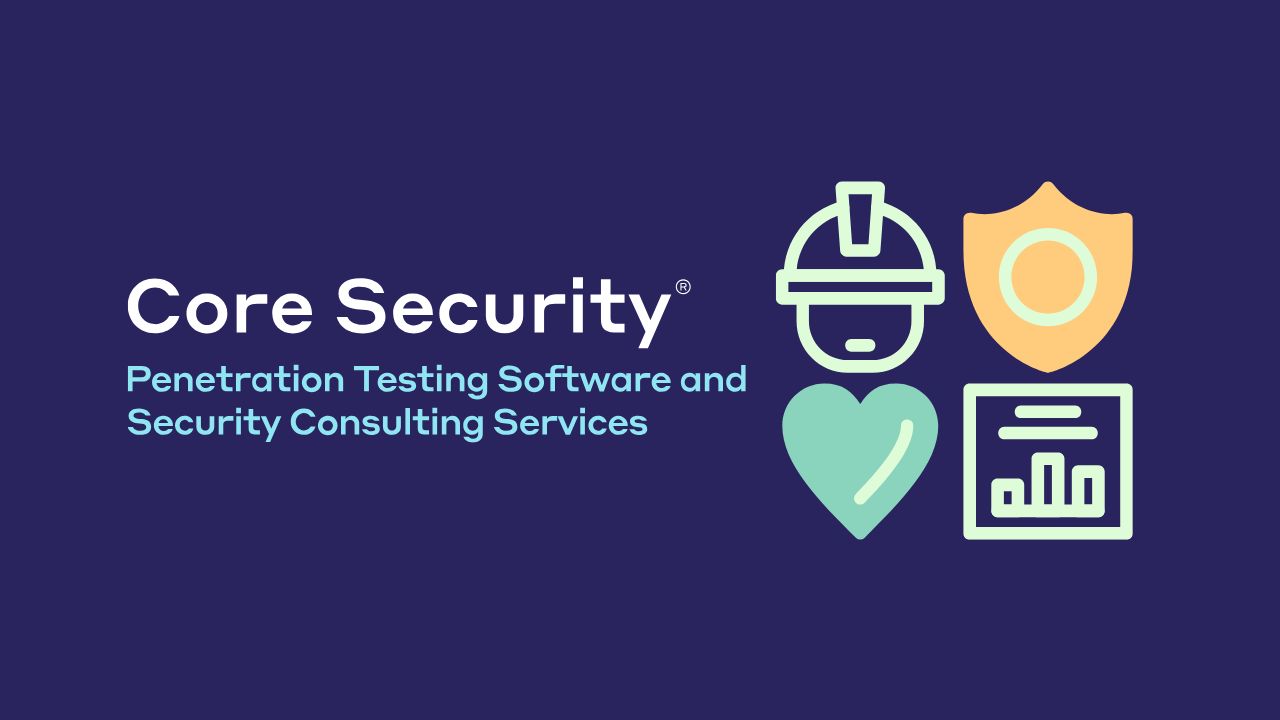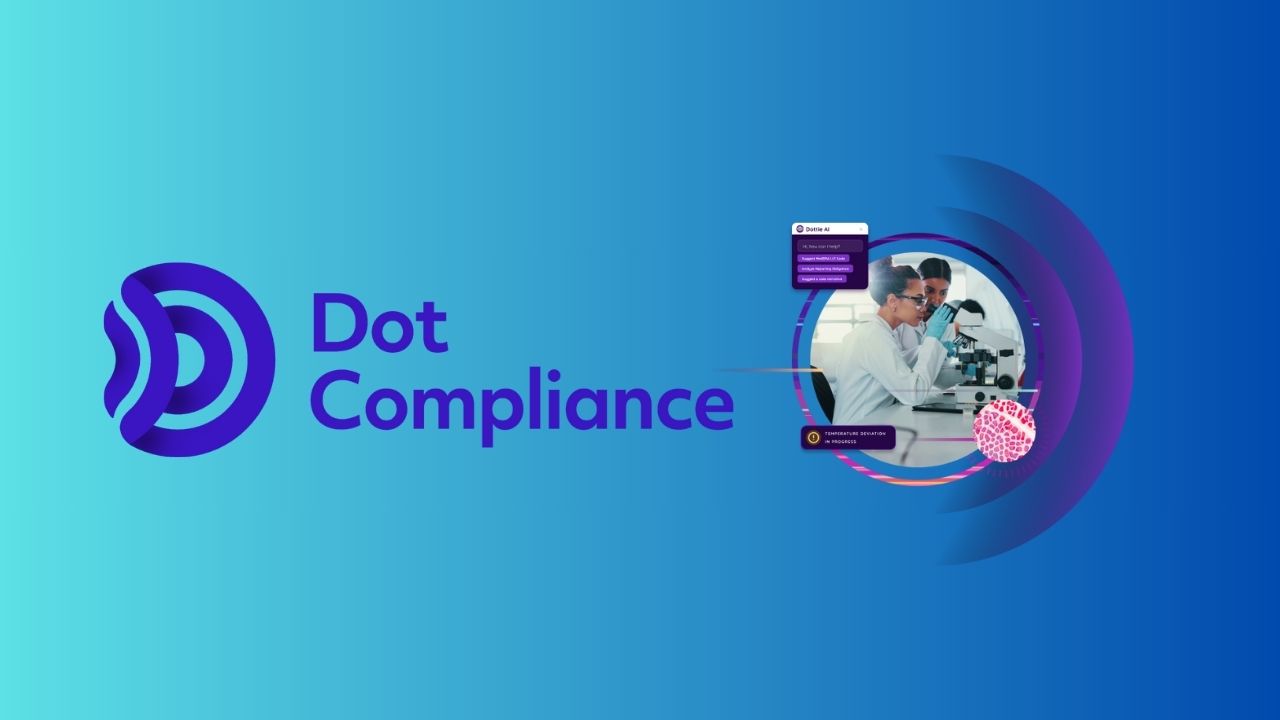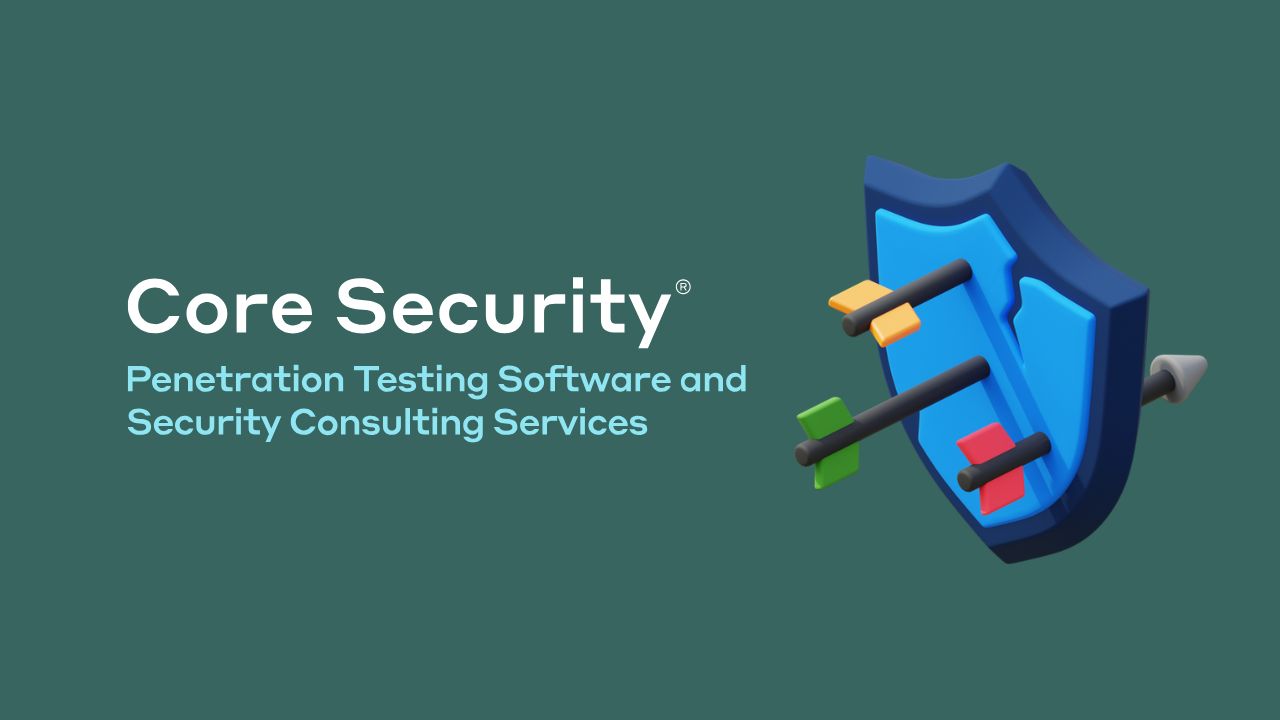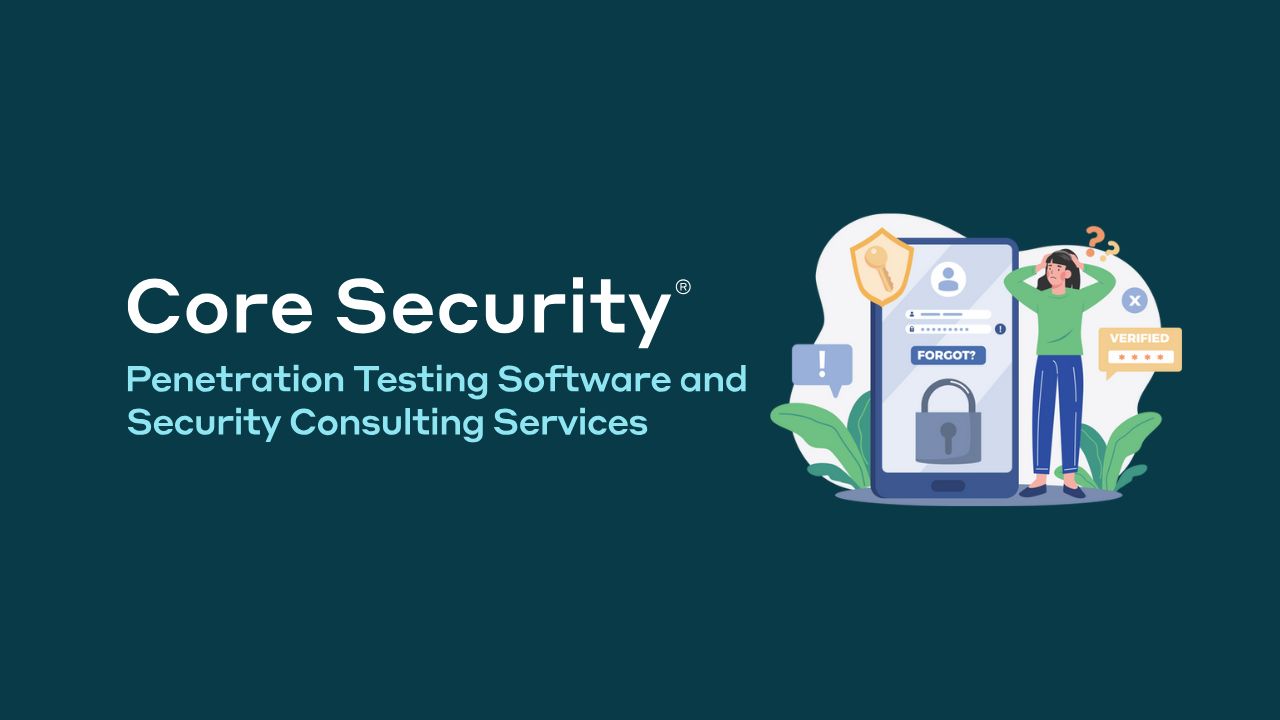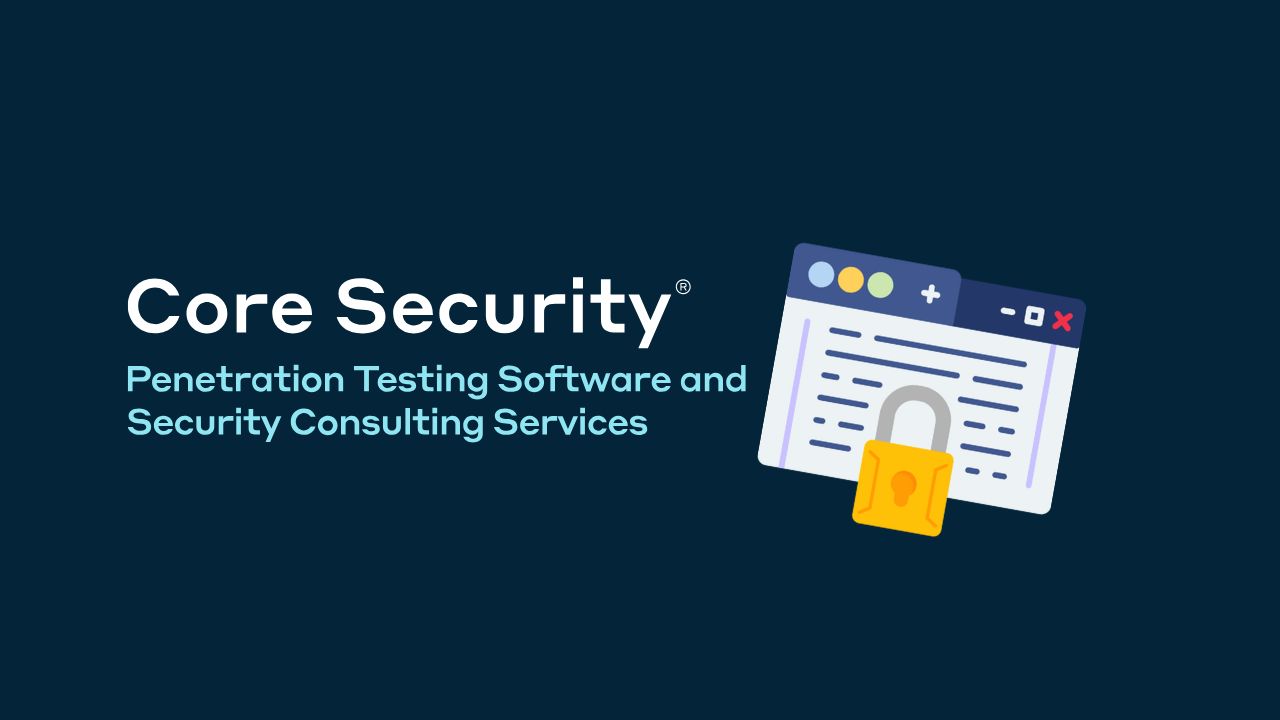Regulatory Requirements, Industry Standards, and Security Frameworks Overview
Regulatory Compliance & Industry Mandates
Regulatory compliance for organizations is the ongoing process of adhering to relevant state, federal, and international laws, security frameworks, and industry mandates. Companies must demonstrate compliance not only to the requirements that govern their specific sector but also to regulatory standards that apply across industries.
Historical Context of Regulatory Compliance
Recent regulatory compliance stems primarily from the 1990s and early 2000s, when notable scandals, data breaches, and fraud prevention efforts prompted significant changes in corporate operations. These changes include enhanced protection of sensitive health information in healthcare organizations and stricter reporting requirements for internal accounting controls to the Securities and Exchange Commission (SEC). Over the years, regulatory requirements and industry mandates have intensified, leading to additional legislation across various sectors.
What Is Sarbanes-Oxley (SOX) Compliance?
The Sarbanes-Oxley (SOX) Act of 2002 emerged in response to major financial fraud uncovered in large public corporations, most notably the Enron scandal. This landmark legislation requires all publicly traded companies and some privately-held companies to establish and report on their internal accounting controls to the SEC.
To comply with SOX, companies must disclose their financial practices and implement controls to ensure the accuracy and legality of their finances and financial reporting. They are also required to submit reports for evaluation by an independent third-party auditor. Overall, SOX aims to enhance financial accountability and holds top executives responsible for the accuracy of financial data.
SOX Auditing and Reporting
Complying with SOX can be challenging without a streamlined method for documenting and reporting on internal controls. SOX mandates that companies provide an annual report on internal controls and procedures for financial reporting, assessed by an external auditor. This requirement places a significant burden of documentation and process improvement on cybersecurity staff and Chief Information Officers (CIOs).
SOX auditors seek evidence that the configuration of systems and the use of financial applications align with the organization’s security policy. Many IT departments utilize frameworks such as Control Objectives for Information Technologies (COBIT) or ISO 27002 to define their security policies.
Important Regulations by Industry
Healthcare: HIPAA Compliance
The Health Insurance Portability and Accountability Act (HIPAA), passed in 1996, aimed to enhance the portability of health coverage and secure patient data. HIPAA has evolved to include additional legislation and standards that protect personal health information (PHI).
Healthcare organizations must now secure patient data, prevent fraud, and limit waste. The HITECH Act of 2009 further mandated the meaningful use of electronic health records (EHRs) across the U.S. healthcare system. With the threat of federal fines for data breaches, healthcare providers face significant challenges in digital adoption and user access management.
HIPAA Auditing and Reporting
With the rise of data breaches in the healthcare sector, organizations are under increased scrutiny to protect sensitive health information. Compliance with HIPAA requires the collection of data access controls, monitoring of electronic personal health information (ePHI), and ensuring the integrity and security of data transmission.
To pass a HIPAA audit, organizations must stay current with requirements and produce necessary reports. Non-compliance can result in substantial fines or even prison sentences, making effective compliance strategies essential.
Financial Services Regulatory Compliance
The financial services sector has seen heightened regulatory compliance, particularly since the 2008 financial crisis. The Sarbanes-Oxley Act and the Dodd-Frank Act of 2010 introduced significant changes to financial practices and corporate governance.
As payment fraud has increased, the Payment Card Industry Data Security Standard (PCI-DSS) was established to enhance the protection of cardholder data. Recent legislation, such as the General Data Protection Regulation (GDPR) in the EU and the California Consumer Privacy Act (CCPA), has added further compliance requirements for financial institutions.
Retail: PCI-DSS and PA-DSS Compliance
Data breaches in the retail industry, while less frequent than in financial services or government, can have severe consequences. Retail organizations must comply with PCI-DSS and Payment Application Data Security Standard (PA-DSS) to protect sensitive customer data.
Compliance with PCI-DSS involves demonstrating that retailers have the appropriate systems and processes in place to handle customer data securely. This includes adhering to a set of 12 main requirements and over 200 sub-requirements.
Federal Government: NIST Standards
Federal agencies are prime targets for cyberattacks, necessitating strict adherence to various regulations and security frameworks. Agencies must leverage these mandates to assess practices, improve information security, and address operational gaps.
Conclusion
Regulatory compliance is a complex and essential aspect of modern business operations across various industries. Organizations must navigate a landscape of evolving regulations to protect sensitive information and maintain operational integrity. By understanding and implementing the necessary compliance measures, organizations can mitigate risks and enhance their overall security posture.
Regulatory mandate meaning, industry-specific regulations examples, Regulatory compliance tradução, Industry compliance, Regulatory risk, Core Security Services, ISO 27001
